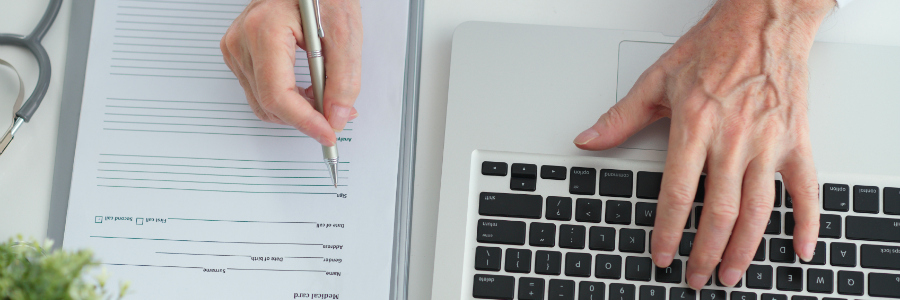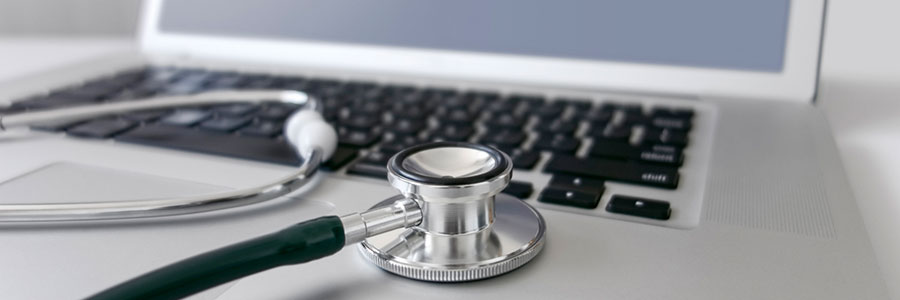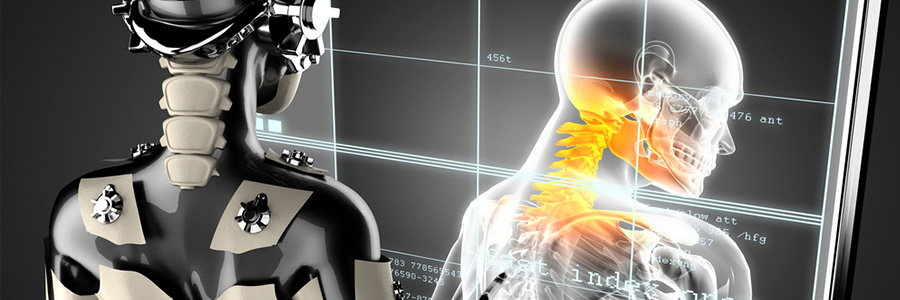Physicians in some parts of the world still make house calls, but they are becoming rare. Today, most patients either go to a clinic or hospital, make a quick trip to a pharmacy for instant relief, or get treatment at home via telemedicine. Although this medical practice might not sound familiar to some, it has been around for years.
Telemedicine to help transform healthcare
What makes a good app or wearable tech?
Lower hospital readmissions through big data

The medical industry is teeming with data. Patients that receive care, for example, have hundreds of data points associated with their medical history. But how is this data being handled? In most cases, not carefully enough. By adopting one of business’s more popular technology solutions, your medical facility could save money and improve patient care so much as to lower readmission rates.
Are EHRs useful?

The healthcare industry is embracing the use of electronic health records (EHRs). It advances a new type of data management system that aims to improve on traditional paper-based ways. But will it?
What is an electronic health record?
An electronic health record (EHR) is an individual’s official health document accessible via mobile devices such as smartphones and tablets, and shareable between multiple facilities and agencies.
PHI security best practices
Security challenges in healthcare IoT
Are you HIPAA-Compliant? 4 Things to look for

Electronic protected health information (ePHI) is extremely private and its exposure could lead to negative consequences such as social stigma and job discrimination. HIPAA protects this information and grants patients the right to view their own health information so that they can enjoy more control over their care.
AI is changing the face of healthcare
Industries that need virtual desktops

Apart from the cloud, one of today’s biggest IT trends is virtualization. And why not, it has helped countless businesses in more ways than one. An emerging model of virtualization is virtual desktop infrastructure (VDI), which involves hosting a desktop operating system and making it available on almost any device.
Healthcare: Prevent insider threats

Healthcare is the only industry where insider threats pose the greatest threat to sensitive data, with 58 percent of security incidents coming from people working within the organization itself. Here’s a look at five ways to prevent such breaches.
#1 Educate - The workforce (meaning all healthcare employees) must be educated on allowable uses and disclosures of protected health information (PHI) and the risk associated with certain behaviors, patient privacy, and data security.





